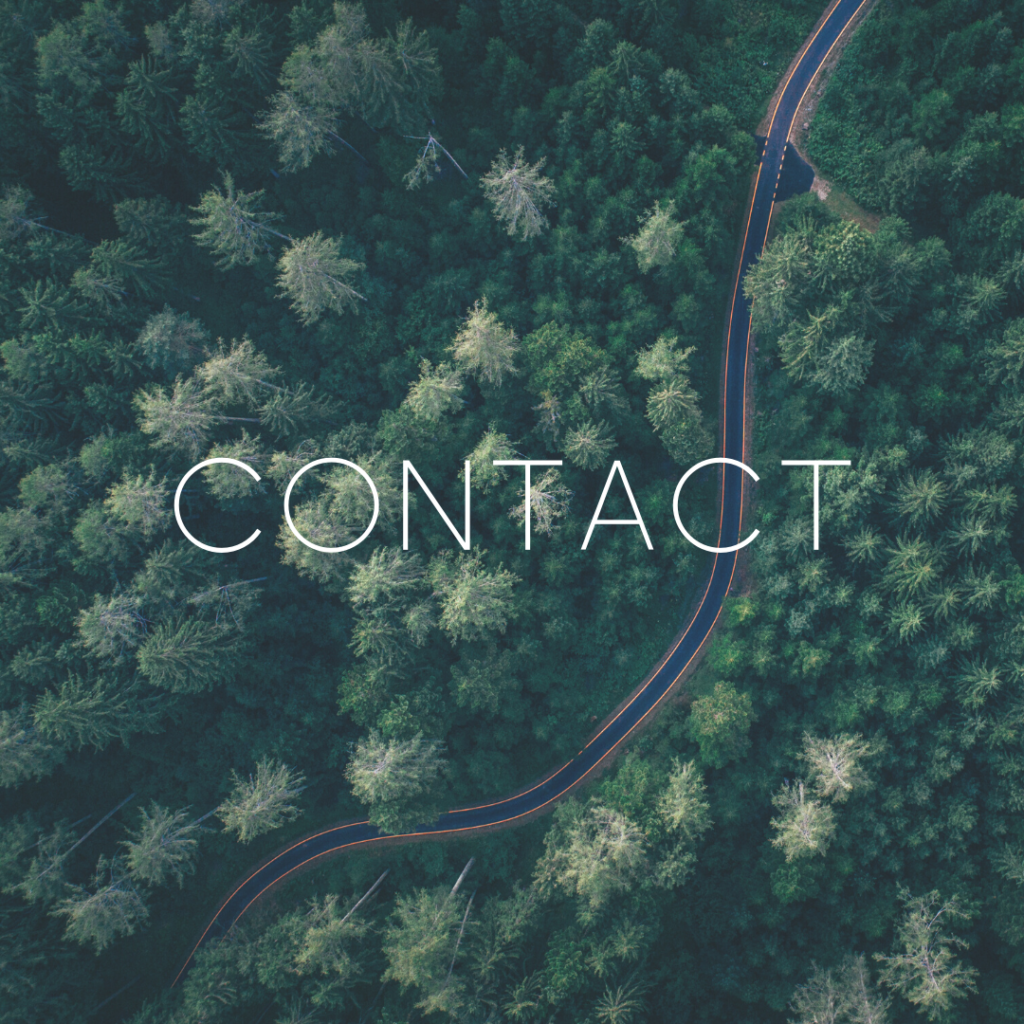The Hawksbill turtle
Dive information
The Hawksbill turtle has been observed:
- Where: Koh Tao, Thailand
- Dive site: Japenese Garden
- Dive theme: Underwater photography
- Dive meters: 11 meters
- Dive time: 52 minutes
- Visibility: 5 meters
Technical settings
- Camera: GoPro Hero 4
The endangered Hawksbill turtle
My first sea turtle observed
I decided to talk about the Hawksbill turtle I discovered while my last diving in Ko Tao in Thailand, in September 2018.
I have the Open and Advanced levels that I passed in 2013 and 2016 and in my last travel in Thailand, I was in Koh Tao where I did some fun dives. So it was during one of these dives that I saw my first sea turtle. With my diving instructor were lucky because while the first dive, we did not see any sea turtle at all.
Why this article?
As a diver, I wanted to share with you a little bit of information about this species of turtle that is critically endangered according to the Red List of IUCN. Indeed, this is important to be aware of this problem because if this species of turtle is endangered is because of many different reasons that are explained below.
Let’s discover more about this turtle and why she is so endangered and what we must do to avoid its extinction.
The Hawksbill sea turtle
Taxonomy
Scientific name: Ertmochelys imbricata
Kingdom: Animalia
Phylum: Chordata
Class: Reptilia
Family: Cheloniidae
The Hawksbill turtle gets this name from its curved shape, and pointed and curved beak. It also has a tapered head ends, their shells change colours depending on water temperature. Their carapace is unusual among marine turtles as the scutes are overlapping. Another characteristic of the hawksbill turtle is the high colours with elaborated patterns of thick scutes on their carapace, and also their shell is very thin, flexible.
The Hawksbill turtle is one of the smallest sea turtles among other species with less than 1 metre long. On its head there are two pairs of prefrontal scales and four pairs of costal scutes on the carapace, and his forelimbs have two claws on each flipper.
Habitat
This specie of turtle spends part of its live in the open ocean, but it is a reef-associated turtle. Indeed, they are especially found in coral reefs, and also in rocky areas, lagoons, and mangroves. These turtles are mainly found in tropical and subtropical regions of the Atlantic, Pacific, and Indian Oceans. They migrate from long distances.
Feeding
They are omnivorous and eat sea urchins, sea sponges that are their principal food with 70-95% of their diet, but they also feed on algae, cnidarians, and molluscs… Sponges normally constitute a major proportion of their diet. Thanks to their beak, they extract invertebrate preys that are hidden in coral reef.
Predators
Their hard shell protects them from predators, but they are still prey to large fishes, sharks, crocodiles, octopuses, and humans.
Reproduction
The female hawksbill turtles are mature between 20 and 25 years of age and they nest every 2 to 3 years and lay 60 to 200 eggs at time. After 62 days of incubation in the sand, eggs hatch. They live until 30-50 years. Female turtles return to the same beach where they hatched to nest.
Threats
Wildlife trade threatens the Hawksbill turtle through their beautiful coloured carapace, which is coveted for jewellery, and ornaments. Indeed, this population has declined more than 80% in the last century due to this trade. Concerning to turtle meat and eggs, in certain small island nations, there is still a high demand with legal and illegal harvesting of adults and their nests.
Apart from jewellery trade and turtle meat, there are others trades that affect sea turtles such as marine debris, climate change, and destruction of their habitat.
Indeed, marine debris cause also damage to this specie of turtle with plastic bags in the ocean that look like jellyfish, which is part of their diet. Furthermore, turtles that have their gut obstructed ingest plastic bags die of starvation.
Climate change and rising area sea levels are indirect threats to the survival of this specie. Artificial lights are also another threat that disorientates turtles babies who hatch on beaches.
Finally, the IUCN Red List considers this specie critically endangered around the world.
How can people help?
Not buying turtle shell jewellery or decoration is a first step to reduce the demand. This is also important not using plastic bags and throw away them into the ocean because in this way plastic bags won’t be eaten by sea turtles. Reducing plastic bags is within the reach of everyone.











2 Responses
No, I won’t !! I am gonna write some new ones soon 😉 about underwater world !! Thanks a lot for your comment 🙂 this is very appreciate!
Géraldine
I hope that you won’t stop writing such interesting articles. I’m waiting for more of your content. It’s so good that i’m going follow you!